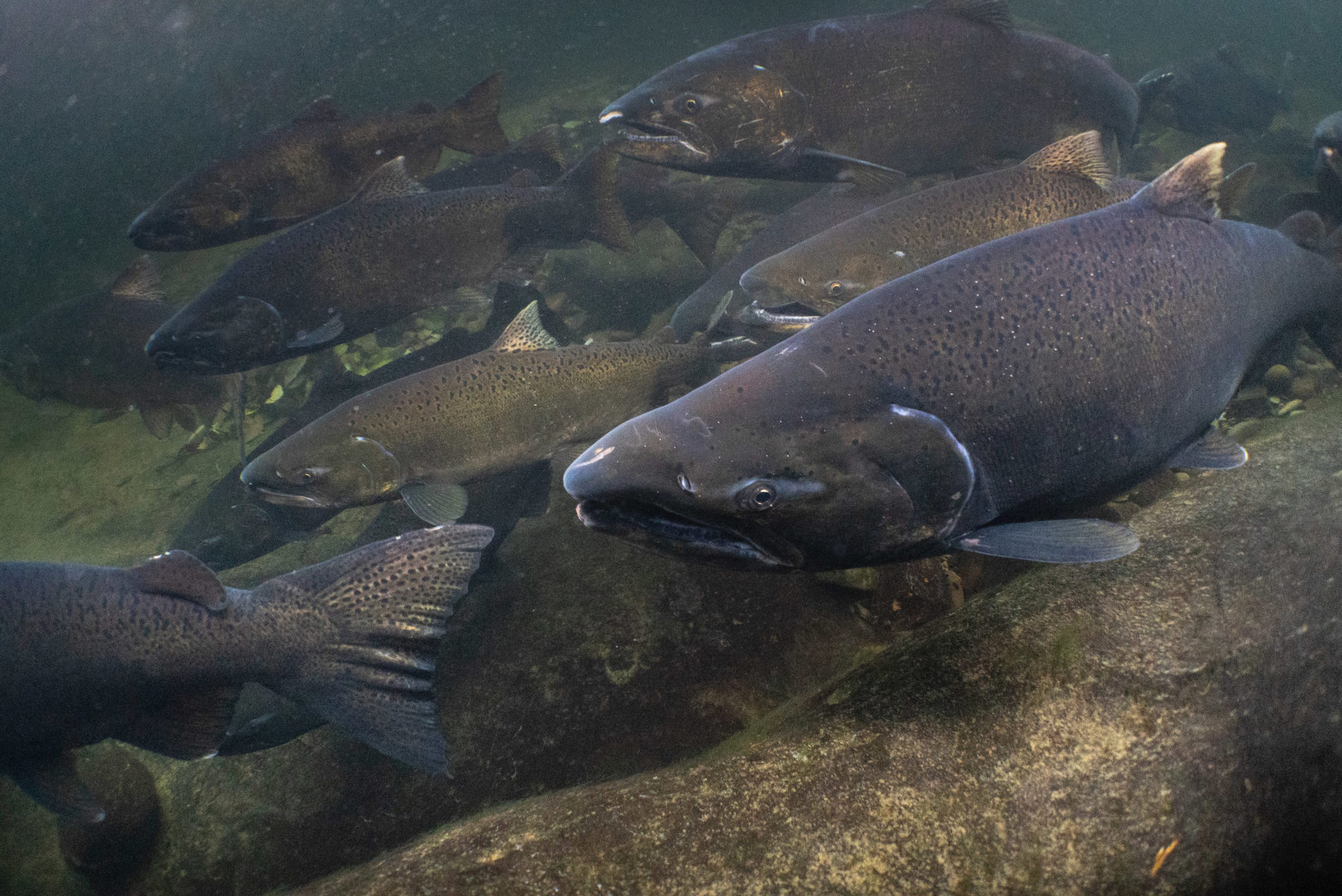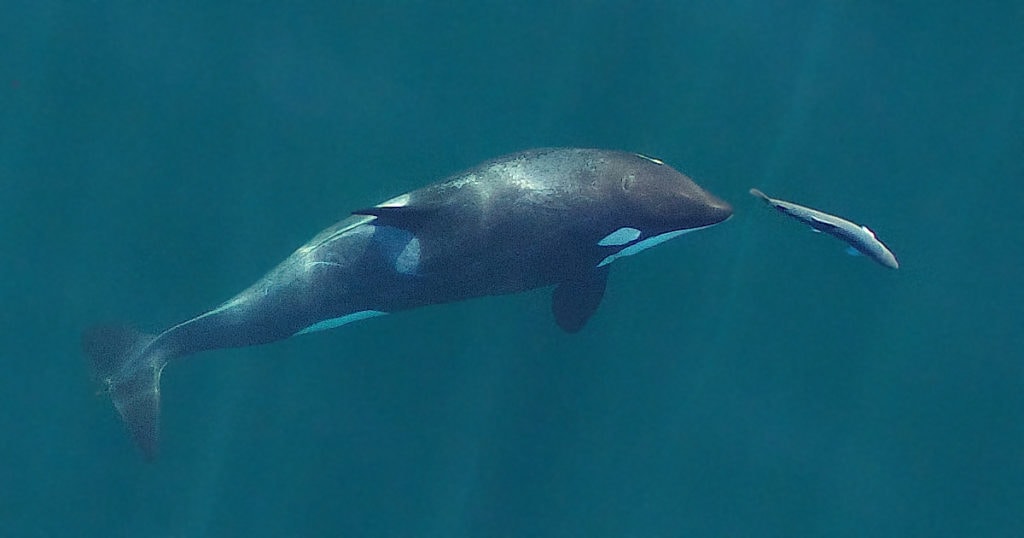

By Dr. Nick Gayeski, Senior Fisheries Biologist
The life history of Chinook salmon differs in important ways from those of the other salmon species. Compared to all other Pacific salmon, Chinook salmon are bigger, they reach sexual maturity at a variety of ages, and they can attain older ages, up to eight years (nowadays, typically five years or less). Chinook salmon are, of course, well known for their relatively large body size. Historically, Chinook commonly attained weights in excess of fifty pounds and occasionally exceeded one hundred pounds, though today the average size of Chinook is only 15 lbs. This characteristic is the result of not just longevity, but also a unique pattern of adult growth.
Chinook salmon harvested in coastal marine mixed-stock fisheries, such as those managed pursuant to the Pacific Salmon Treaty (PST), harvest unknown numbers of immature Chinook, those that would continue growing if they weren’t harvested, in addition to mature Chinook. Harvest of immature Chinook is likely to select for individuals that mature at young ages; for example, after one or two years of marine growth instead of three or more years. This alone (independent of other factors such as competition with hatchery fish for food or changes in marine foodwebs due to ocean warming and acidification) may result in both harvested fish and spawners becoming younger and smaller. Such outcomes are likely to be particularly damaging to the ability of depressed wild Chinook populations to recover, as well as the Southern Resident killer whales that depend on them.
To facilitate the exploration of these kinds of phenomena associated with mixed stock marine Chinook fisheries, I have been engaged with a software programmer with expertise in the C++ programming language to develop an individual-based eco-genetic model of ocean-type (“fall”) Chinook. An individual-based model (IBM) tracks the fate of each individual in a population from mating and egg deposition to survival in the marine environment to ages at which immature sub-adults and mature adults are harvested in mixed-stock fisheries and the return of surviving adults to the spawning grounds. By including genetic parameters regulating the ages at which individuals may mature, an IBM can help to shed light on the extent to which the magnitude of harvest (harvest rates) and/or the harvest of immatures may select for younger ages at maturity and on the consequence of such selection for the productivity and resilience of populations affected by such harvest.
The initial version of the model, including completion of basic testing of the model code, is expected by the end of August 2020. Several harvest scenarios will then be conducted to evaluate their effects on the demographic structure and productivity of modeled populations. Subsequent to testing, the results of several informative harvest scenario simulations conducted with the model will be submitted for publication in a peer reviewed scientific journal. We expect this to occur by the end of the year. Following validation of the model for ocean-type Chinook a version for stream-type (“spring”) Chinook will be written and tested.
Fishery data already suggests that over a century of commercial and recreational harvest in mixed-stock ocean fisheries is reducing the size, abundance, and resiliency of Chinook populations in the northwest. The rapid and alarming decline of Southern Resident killer whales for whom large and abundant Chinook serve as their primary prey, serve as a further indicator. Dr, Gayeski’s research and the information this eco-genetic model will provide is critical to improving our understanding of the impacts of mixed-stock ocean fisheries on Chinook and will better inform management and policies that seek to recover both iconic species.
Join our mailing list to recieve important updates on our work, the latest wild fish news, & opportunities to take action to support wild fish.
This site is protected by reCAPTCHA and the Google Privacy Policy and Terms of Service apply.
Wild Fish Conservancy is recognized as a 501(c)3 non-profit by the IRS